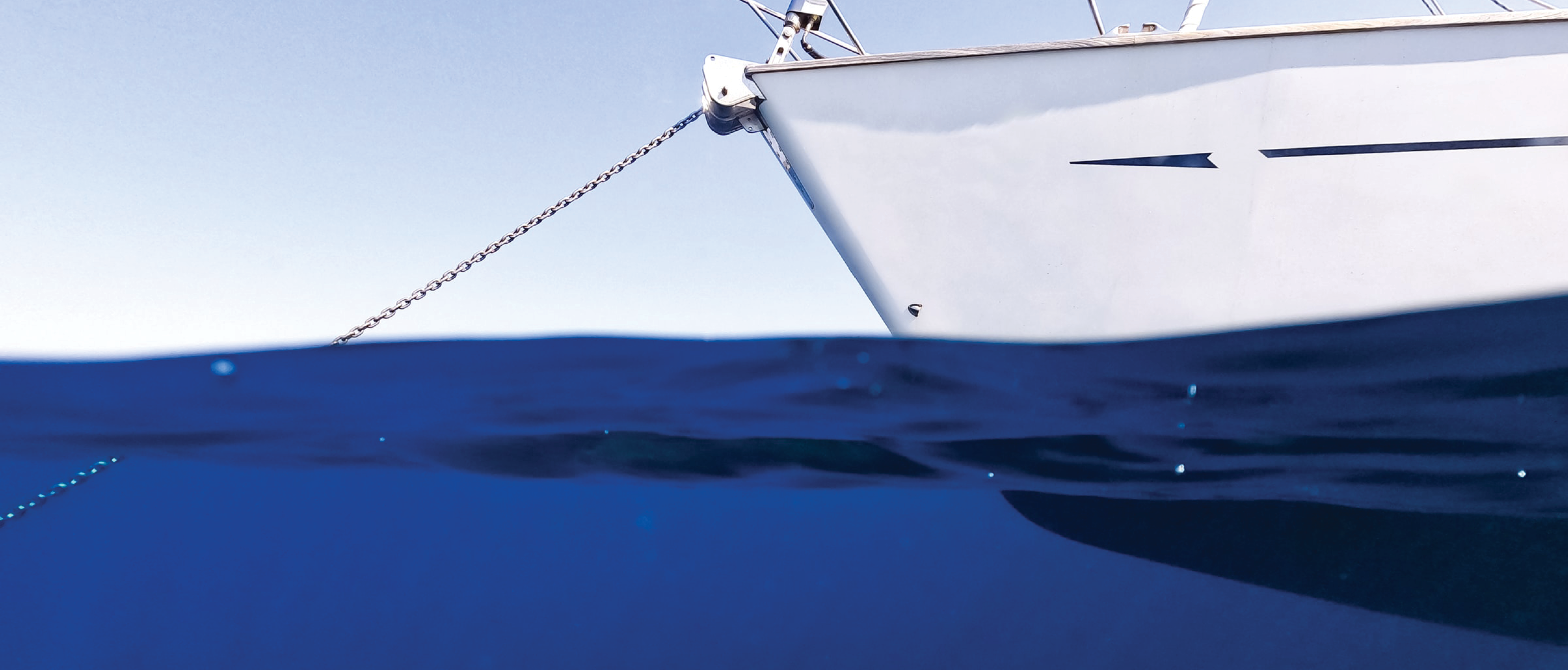
Recent master’s graduate Rachit Gupta and supervisor Associate Professor Rajeev Jaiman have created a three-dimensional deep learning-based computer model to predict unsteady fluid flow, in order to help scientists better understand fluid-structure interaction and ship radiated underwater noise. Underwater noise interferes with the ability of marine animals to do essential activities like communicating, finding a mate, locating food and identifying danger. Marine mammals who use echolocation to navigate their environments are particularly vulnerable to human-made noise, such as the Pacific Northwest’s endangered population of Southern Resident Killer Whales. Understanding the underwater noise made by ships can be complicated, as it is made through a combination of ship operations such as propeller motion, ship vibration, and onboard machinery, as well as interacting both with the water and any solid objects in the surrounding marine environment, including the ship itself.
Exploring how the vibrations interact with both fluids and solids, the researchers have developed a deep learning framework that uses a 3D physics-based digital simulation of a ship and its marine propellers in order to understand the mutual interactions between the distributed noise sources and biologically sensitive habitats. The predictions generated by this model can allow for greater adaptive decision-making and noise mitigation strategies for ships and reduce stress to marine mammals as they navigate the ocean soundscape.
Read “Three-dimensional deep learning-based reduced order model for unsteady flow dynamics with variable Reynolds number” in Physics of Fluids at https://doi.org/10.1063/5.0082741.
Photo by August Politis on Unsplash.